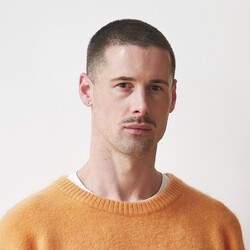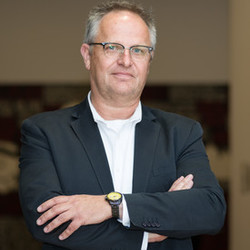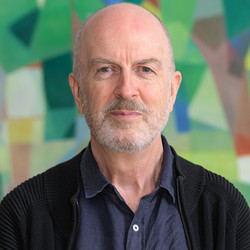B.211
B.
Bulletin
New Zealand's leading
gallery magazine
Latest Issue
B.22001 Jun 2025
Contributors

Director's Foreword
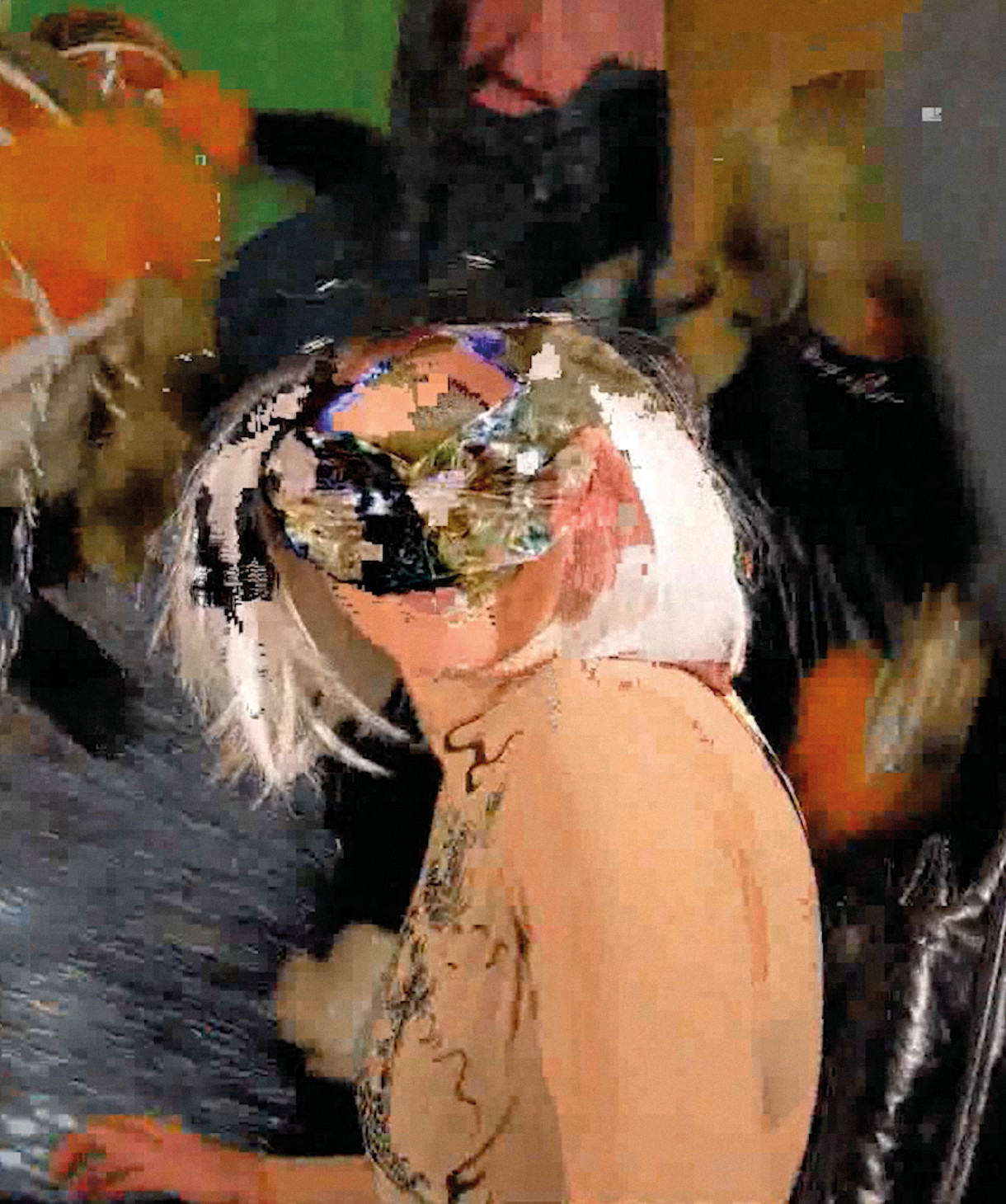
Director's Foreword
It’s my pleasure to welcome you to B.211, our first Bulletin for 2023. After the challenges of the last few years, it has been refreshing to see the city, and our Gallery, buzzing with visitors, entertainment and activity over the summer.
Commentary
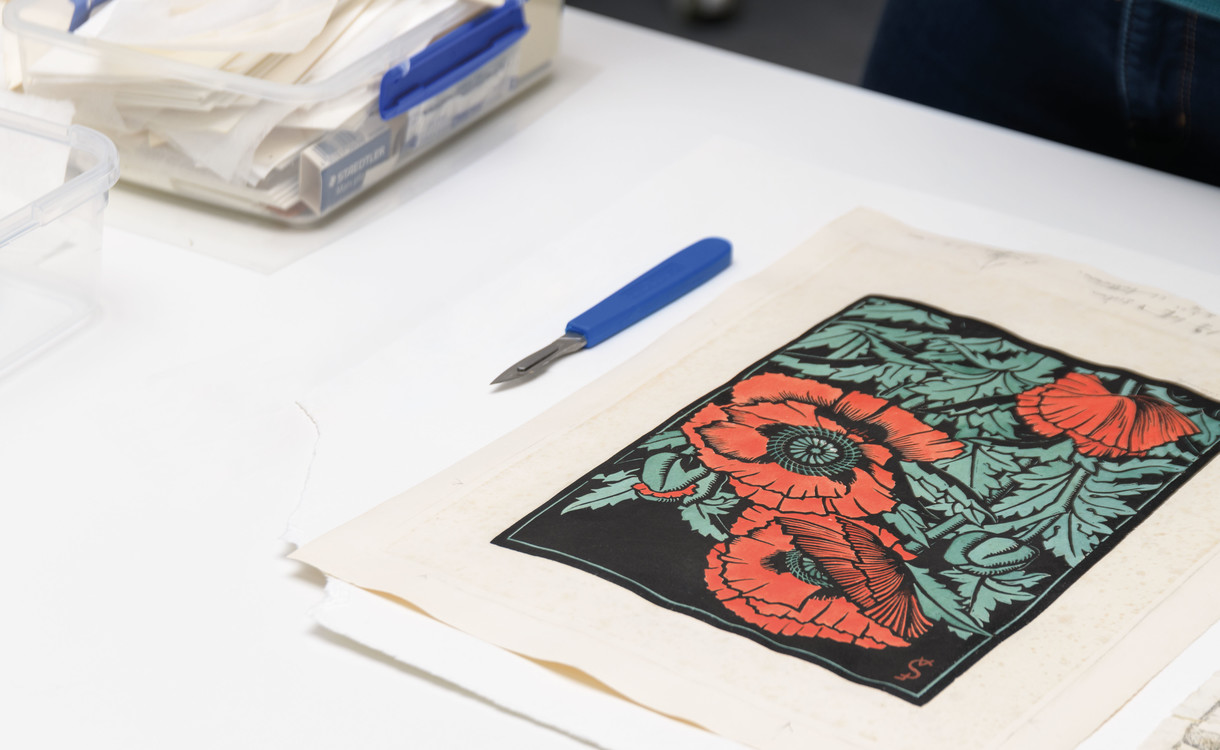
Cut It Out
Make no bones about it, Ink on Paper: Aotearoa New Zealand Printmakers of the Modern Era is an exhibition I have long wanted to curate. I acquired my first print direct from Ralph Hotere when I was an art history student here in Christchurch many years ago. Hotere was the artist that piqued my interest in printmaking, but it is the Aotearoa New Zealand printmakers of the 1910s through to the 1950s that I love the most. Ink on Paper focuses on a generation of artists that were at the forefront of the medium when, following the printmaking revival in Britain, printmaking in Aotearoa was increasingly becoming accepted as an art form rather than simply a method of reproduction.
Interview
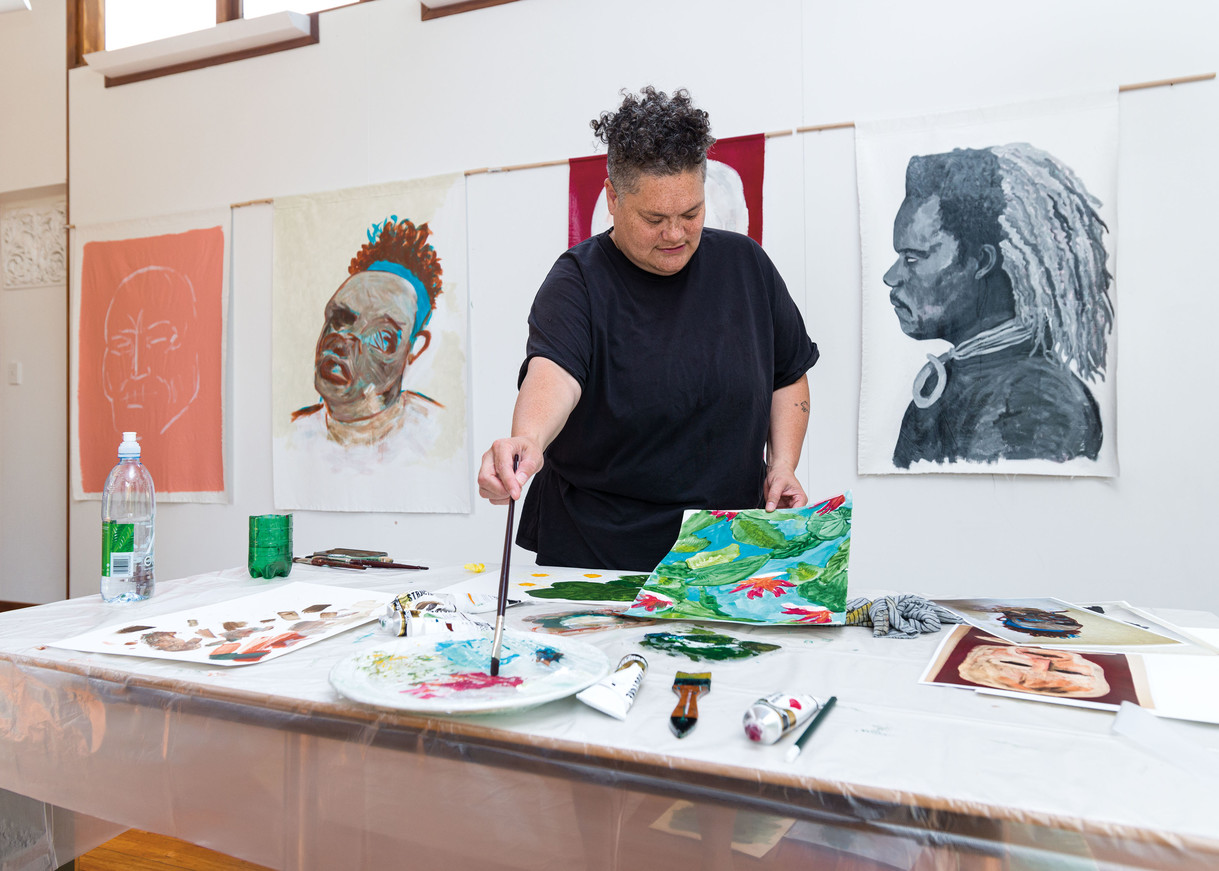
Ripples and Waves
Melanie Oliver: In the exhibition Ripple, an ocean horizon line locates us geographically and temporally, connecting Aotearoa to your home in Sydney, Australia and also Suva, Fiji. How does the ocean operate in your work?
Salote Tawale: The ocean is a number of places and spaces for me. Physically, I get so much from the energy of the ocean; it helps to centre me and place myself as a small element in a much larger picture. It’s important as a connector, between the horizon, as a way to Fiji.
Almost everyone that I know who has come from elsewhere lives on the edge of the Pacific Ocean. So when I met a First Nations artist from Los Angeles, the first thing that she wanted to do in Sydney was stand in the water and feel that energy.
Commentary
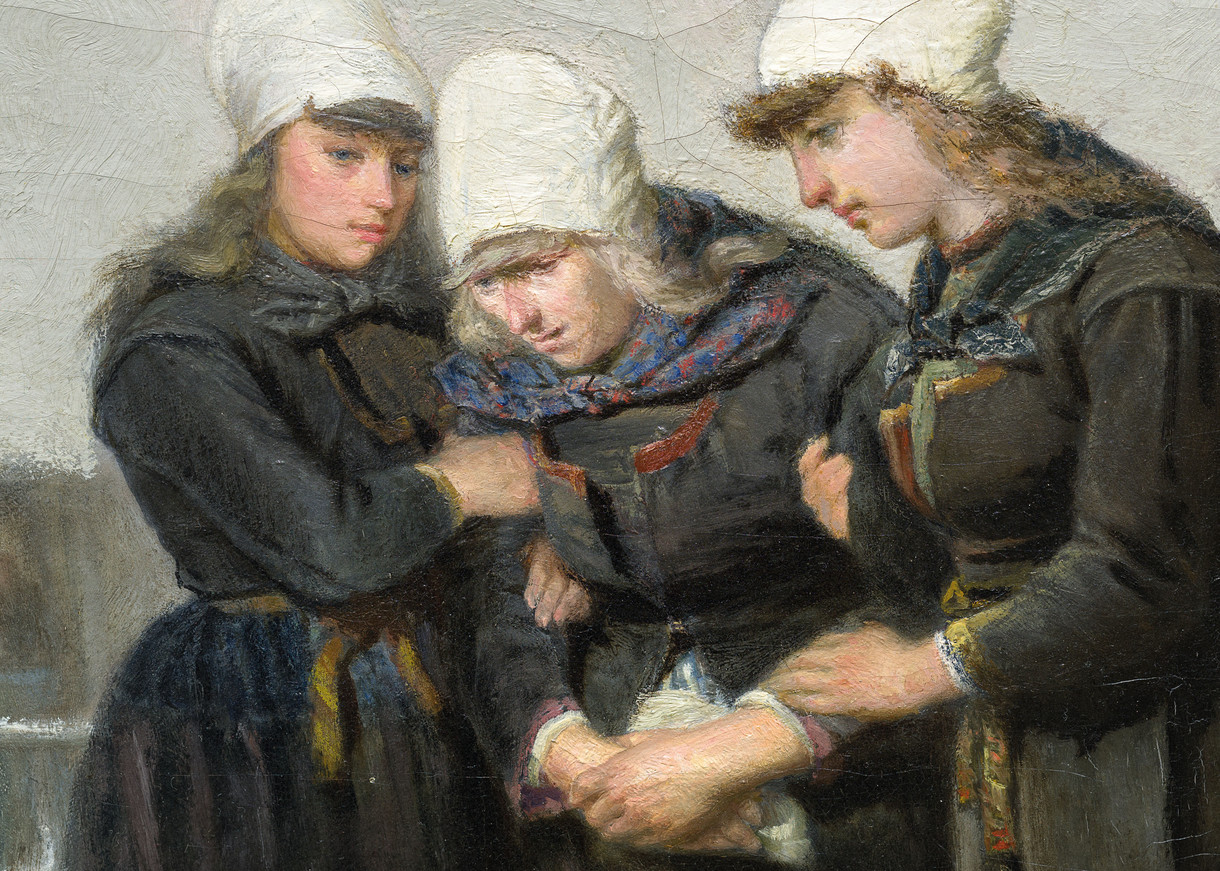
Something’s Missing
It’s among the best-loved paintings in the Gallery’s collection, celebrated for the connections and conversations it generates between different generations. People who, as children, encountered Petrus van der Velden’s Burial in the winter on the island of Marken [The Dutch Funeral] (1872) in the neoclassical spaces of the old Robert McDougall Art Gallery now bring their own grandchildren to Te Puna o Waiwhetū to see it.
Interview
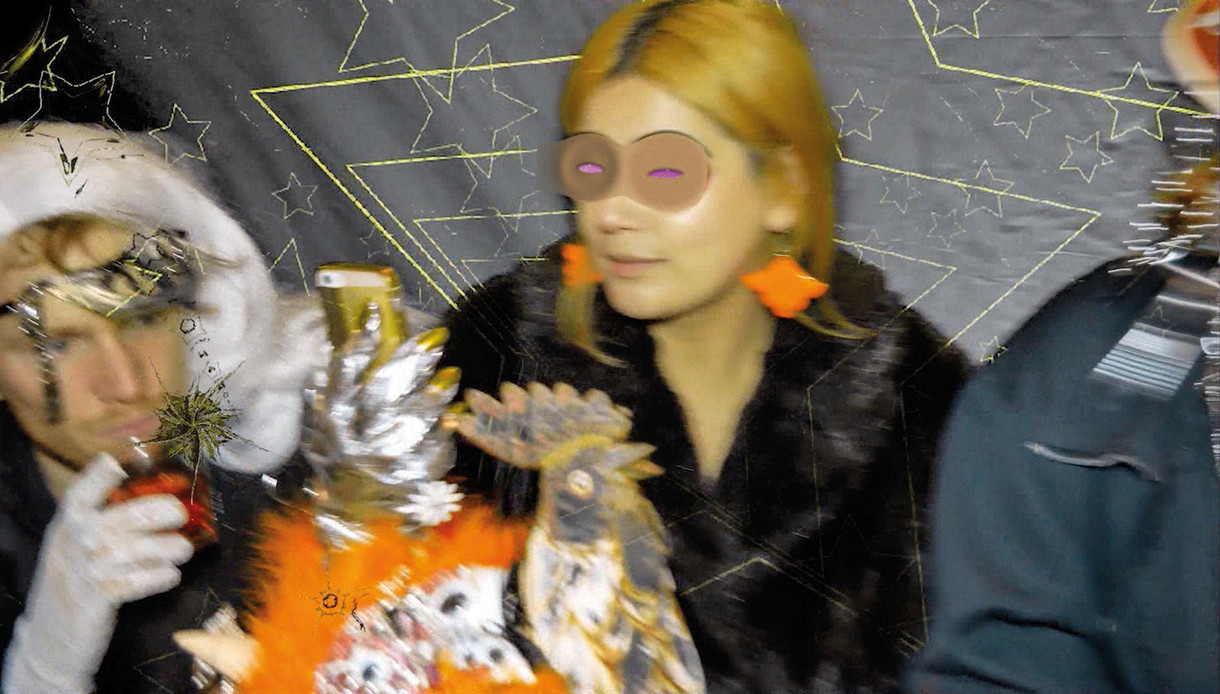
Joyful Glitch
Melanie Oliver: I first saw your work in 2016 as part of a one-night-only exhibition, NOWNOW held at 17 Tory Street in Wellington. It was a sculptural installation with fluids dribbling from a hanging form and I was at once delighted and disgusted. It was visceral and bodily, the drips a reminder of saliva, snot, discharge or cum, but also beautiful and joyful. It had vitality. While your more recent work is primarily video, it retains this abject, sculptural, gooey, oozing quality – it’s biological, or ecological. Why are you interested in grossing people out, in a pleasurable way?
Laura Duffy: I like to think I am interested in (my version of) bodily honesty, more than grossing people out, which could be read as the same thing, especially in earlier works...
My Favourite
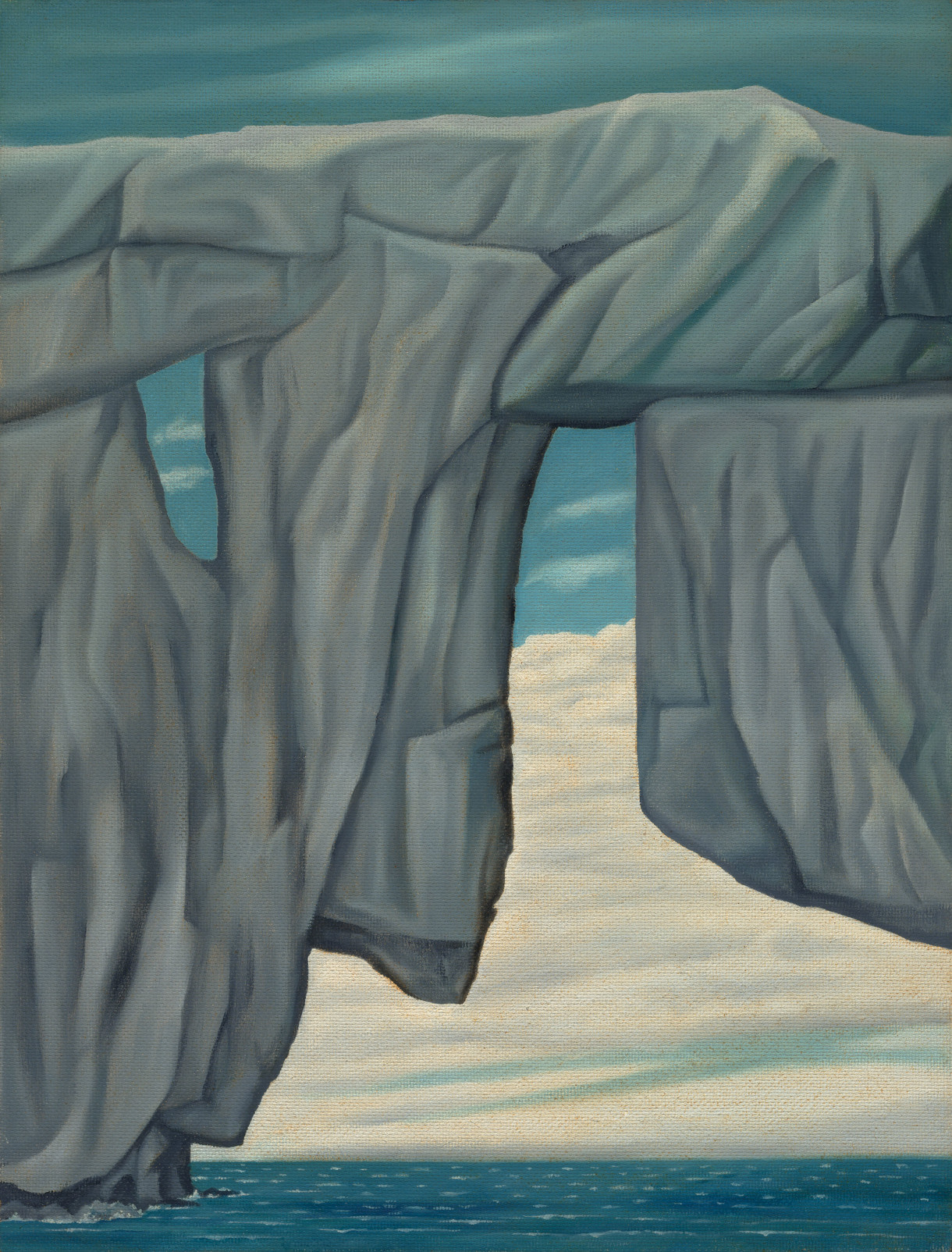
Leo Bensemann: Seascape with causeway
The four years I spent at Elam as an undergrad straight out of high school ruined art for me. I entered the building on Mount Street in love with painting and wanting to be a painter, and I left in love with nothing.


